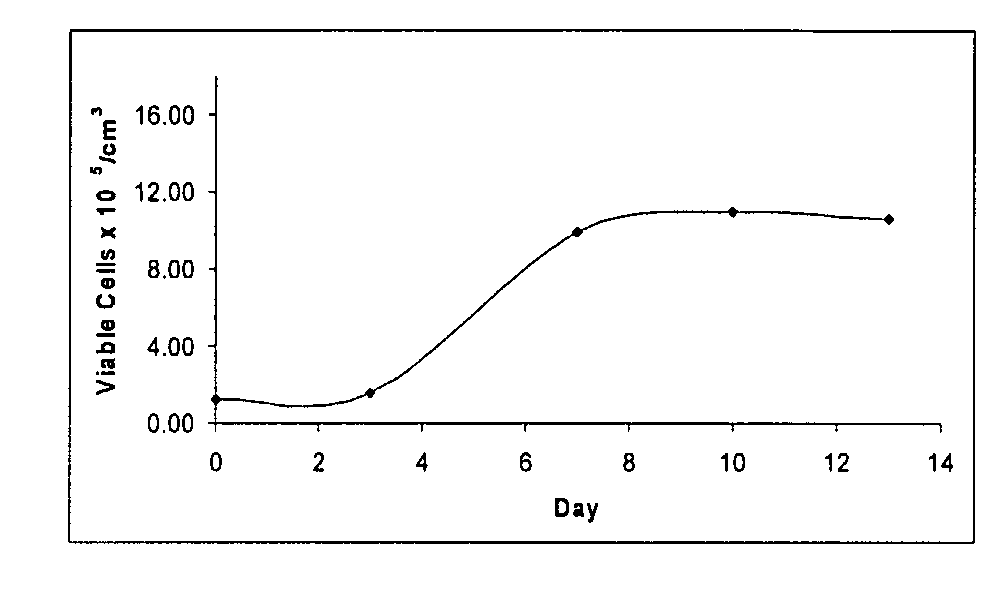Materials and Methods For Treating and Managing Plaque Disease
a technology of plaque disease and materials, applied in the field of materials and methods for treating and managing plaque disease, can solve the problems of increasing the size of the lipid pool, the risk of an episode of other more serious clinical sequelae, such as myocardial infarction, or even sudden cardiac death, and the unmet clinical challenge of treatment and management of plaque disease such as vulnerable plaque disease, so as to achieve effective treatment
- Summary
- Abstract
- Description
- Claims
- Application Information
AI Technical Summary
Benefits of technology
Problems solved by technology
Method used
Image
Examples
examples
1. Plaque Erosion
[0092]The pigeon model known as White Cameau (Arterioscler. Thromb. Vasc. Biol. 23:535-42 (2003); J. Hered. 92:439-42 (2001); Atherosclerosis 65:29-35 (1987); Arch. Pathol. Lab. Med. 102:581-6 (1978)) will be studied to demonstrate treatment and management of plaque disease, including plaque erosion, using the composition and methods of the present invention. Spontaneous plaque-laden animals will be identified by standard techniques such as angiography, thermography, intravascular ultrasound, and / or NIS spectroscopy to measure proteolytic activity. Two groups of animals will be maintained similarly, except one group will receive an effective amount of implantable material. Reduction of and / or amelioration of plaque disease, including plaque erosion, will be monitored over time. It is expected that pigeons treated with the materials and methods of the present invention will display reduction and / or amelioration of at least plaque erosion in the aorta and its surround...
PUM
| Property | Measurement | Unit |
|---|---|---|
| humidity | aaaaa | aaaaa |
| humidity | aaaaa | aaaaa |
| biocompatible | aaaaa | aaaaa |
Abstract
Description
Claims
Application Information
 Login to View More
Login to View More - R&D
- Intellectual Property
- Life Sciences
- Materials
- Tech Scout
- Unparalleled Data Quality
- Higher Quality Content
- 60% Fewer Hallucinations
Browse by: Latest US Patents, China's latest patents, Technical Efficacy Thesaurus, Application Domain, Technology Topic, Popular Technical Reports.
© 2025 PatSnap. All rights reserved.Legal|Privacy policy|Modern Slavery Act Transparency Statement|Sitemap|About US| Contact US: help@patsnap.com


